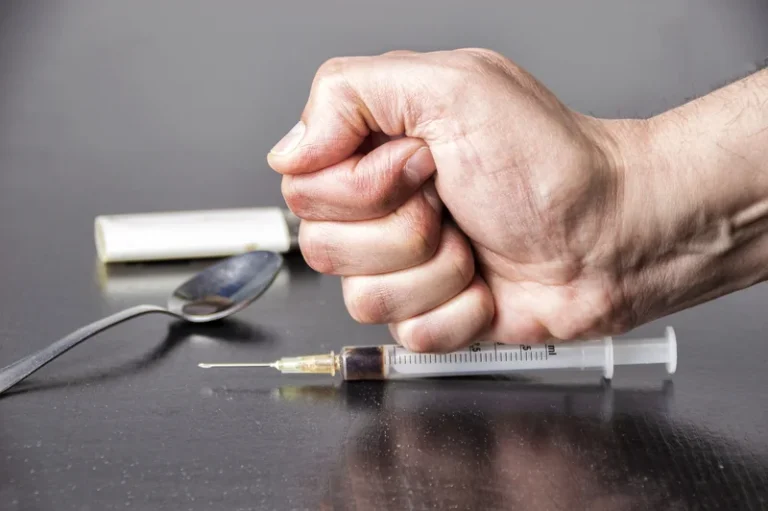
However, Dr. Cho points out that more recent data shows that there may be no amount of alcohol that is truly safe. “The myth that wine is beneficial for heart health is no longer true,” she states. There is a very clear link between regularly drinking too much alcohol and having high blood pressure. Over time, high blood pressure (hypertension) puts strain on the heart muscle and can lead to cardiovascular disease (CVD), which increases your risk of heart attack and stroke. “Adults above the age of 50 are at much higher risk of heart attack and stroke than they are of any possible harmful effects to light-moderate drinking,” Klatsky says.
Dimmitt 1998 published data only
- This is when overeating and overindulging in alcohol lead to an irregular heartbeat.
- Quitting alcohol or drinking moderately may help keep your numbers where they need to be, according to the American Heart Association (AHA).
- We also checked the lists of references in the included studies and articles that cited the included studies in Google Scholar to identify relevant articles.
Karatzi 2005 mentioned the method of blinding of participants, but it is not clear whether involved personnel were blinded as well. The method of blinding of participants and personnel was not mentioned in Dumont 2010, Mahmud 2002, and Maule 1993. In Cheyne 2004, participants were blinded to the content of the drink, but some reported that they were able to detect the alcohol by taste at the end of the study.
Prolonged drinking can cause alcoholic cardiomyopathy
Because there are no published standards for differentiating between low and medium doses of alcohol, we chose the alcohol content in one standard drink as the threshold between low dose and medium dose. Because the alcohol content in one standard drink varies among different countries (ranging from 8 g to 14 g), we chose the Canadian standard for an alcoholic beverage, which is 14 g of pure alcohol (CCSA). Accordingly, we considered up to 14 g of alcohol as a low dose of alcohol. To differentiate between medium and high doses, the Canadian Centre on Substance Use and Addiction (CCSA) identifies less than 30 g of alcohol for men and less than 20 g of alcohol for women as the threshold for low risk of alcohol intake (CCSA). Thus, in our review, we used up to 30 g alcohol intake for men and up to 20 g alcohol intake for women as a moderate dose, and above this limit as a high dose. In studies where sex‐specific results were not provided, we categorised dose based on the dominating sex in terms of study participation.
What The Study Says About High Blood Pressure And Kids

All randomised controlled trials (RCTs) that compared alcohol to placebo or similar tasting non‐alcoholic beverages were included in this systematic review. The molecular mechanisms through which alcohol raises blood pressure are unclear. Alcohol can affect blood pressure through a variety of possible mechanisms. Previous research suggests that acute alcohol consumption affects the renin–angiotensin–aldosterone system (RAAS) by increasing plasma renin activity (Puddey 1985). The RAAS is responsible for maintaining the balance of fluid and electrolytes.

Drinking alcohol may also increase blood pressure for a short amount of time even in healthy people. Keep in mind that alcohol contains calories and may cause weight gain. It may affect the level of the medication in the body or increase what does alcohol do to your blood pressure side effects. “A variety of chronic medical conditions can cause hypertension in children (i.e. renal disease, endocrine disease, heart disease, etc.), and these are commonly treated with medications,” Dr. Gonzalez says.

“This complex interplay leads to elevated blood pressure and subsequent hypertension,” Ramnauth said. However, “since everyone has different physiology, many people may react to the same amount of alcohol in diverse ways,” he added. Alcohol consumption is categorized into different levels based on the amount consumed. Here is how drinking levels https://ecosoberhouse.com/ are defined according to the National Institute on Alcohol Abuse and Alcoholism. Discuss your alcohol intake with your healthcare provider and make lifestyle changes as recommended. A 2018 study, echoed by the World Health Organization (WHO), concluded that no amount of alcohol is safe for consumption, as alcohol leads to a loss of healthy life.

